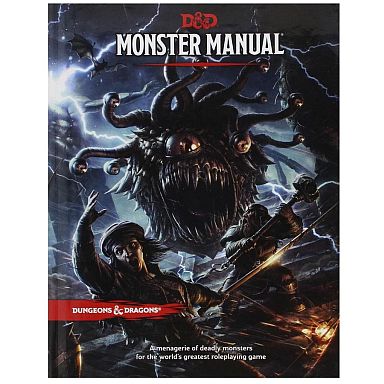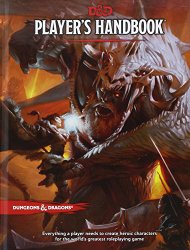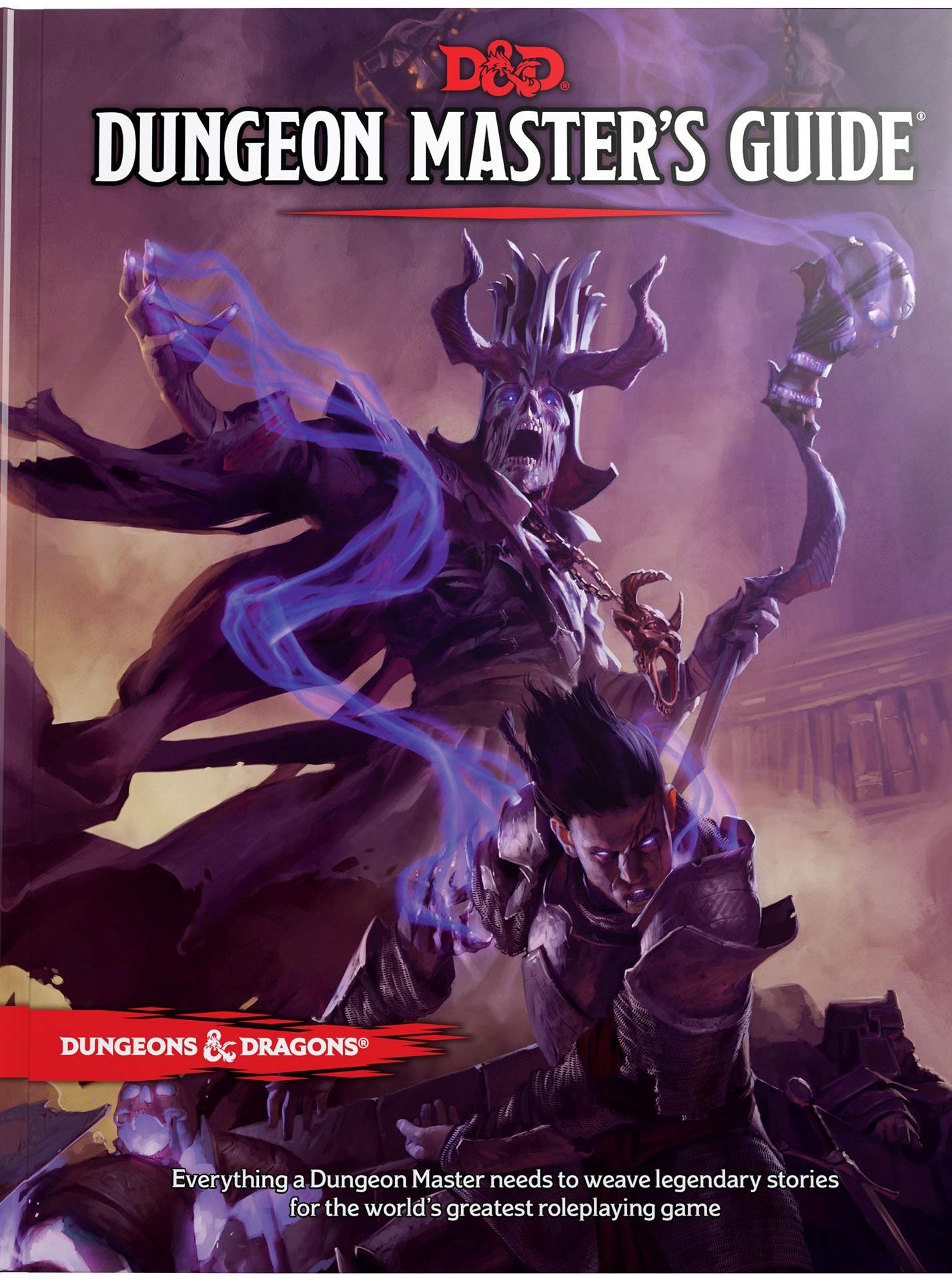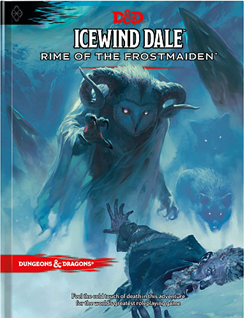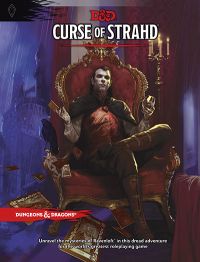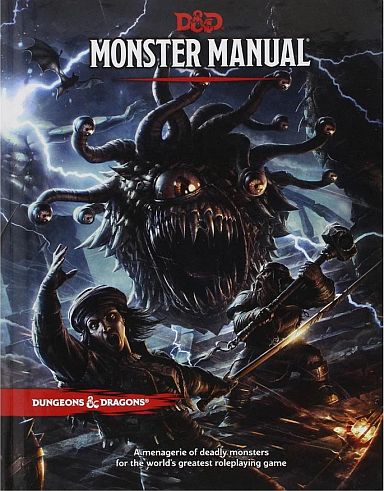
Steading of the Hill Giant Chief as an Adventure Environment
Steading of the Hill Giant Chief, one of the first “adventure modules” produced for Dungeons & Dragons, has many things that fascinate me. One of those elements is how it is presented: not as a scripted piece of action, but as an environment to explore and interact with. This is the format of many of the early adventures, which make few assumptions about the actions … Continue reading Steading of the Hill Giant Chief as an Adventure Environment


